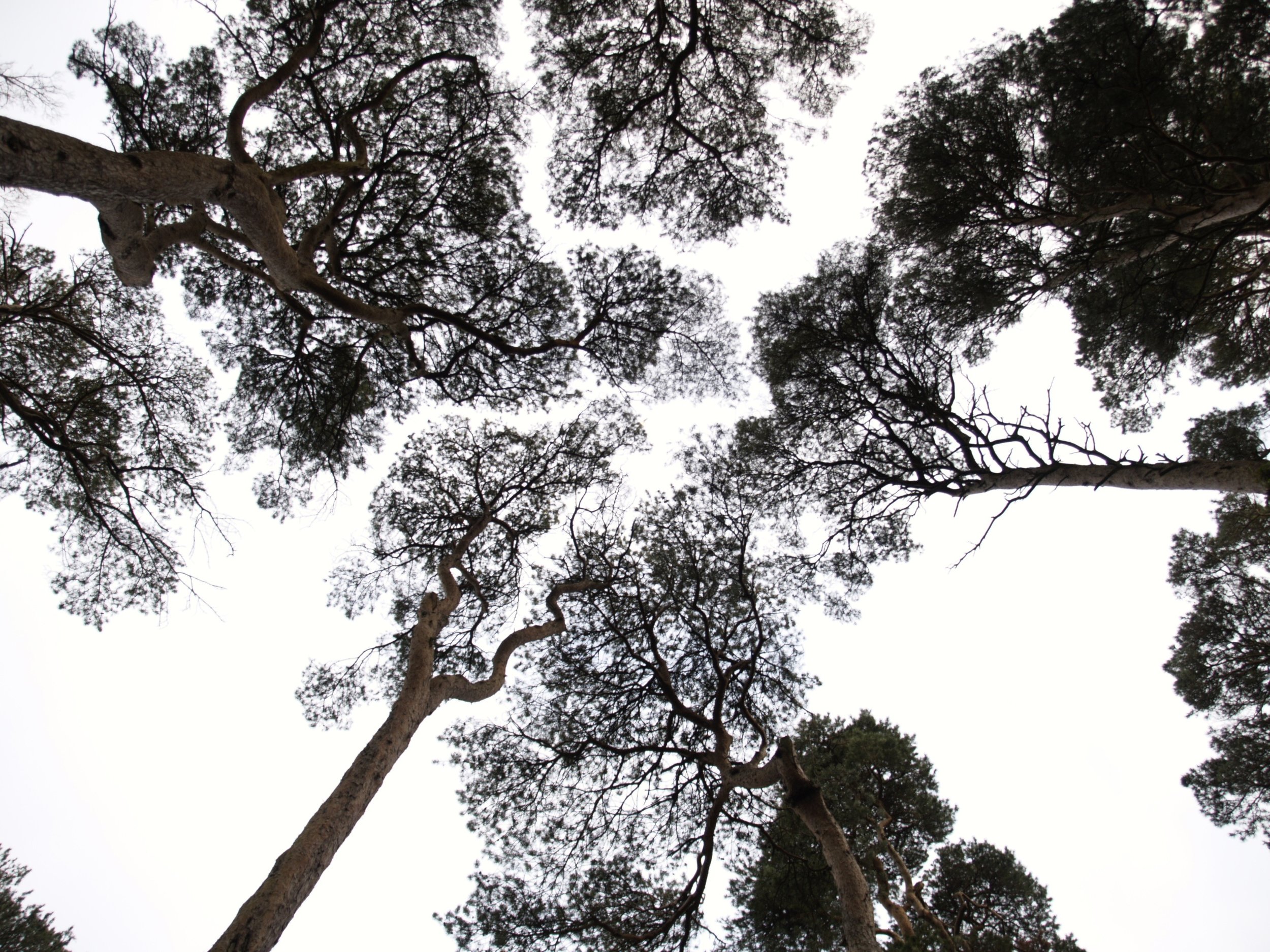Tree Safety
Tree safety is crucial for several reasons, encompassing public safety, property protection, and the preservation of environmental health. Here are the main points highlighting its importance:
1. Public Safety
Prevention of Injuries: Falling branches or entire trees can pose significant risks to pedestrians, motorists, and anyone in the vicinity. Regular inspections and maintenance help mitigate these risks.
Safe Recreation Areas: Parks and recreational spaces benefit from healthy, well-maintained trees, ensuring that these areas remain safe for public enjoyment.
2. Property Protection
Damage Prevention: Trees that are not properly maintained can cause substantial damage to buildings, vehicles, power lines, and other infrastructure during storms or high winds. Preventative care helps reduce these risks.
Insurance Costs: Property owners might face increased insurance premiums or denied claims if tree-related damages occur due to neglect. Regular tree maintenance can mitigate these financial risks.
3. Environmental Health
Sustainable Urban Landscapes: Healthy trees contribute to the overall ecological balance by providing shade, improving air quality, and supporting local wildlife. Maintaining tree safety ensures these benefits are sustained.
Disease and Pest Control: Regular tree inspections can detect early signs of disease or pest infestations, preventing widespread issues that could affect other trees and plants in the area.
4. Legal and Regulatory Compliance
Liability Issues: Property owners and municipalities can be held liable for injuries or damages caused by neglected trees. Ensuring tree safety helps meet legal responsibilities and avoid potential lawsuits.
Regulatory Requirements: Many regions have regulations regarding tree maintenance, especially for trees near public roads and power lines. Compliance with these regulations is necessary to avoid fines and legal actions.
5. Aesthetic and Community Value
Enhanced Property Values: Well-maintained trees enhance the visual appeal of properties and neighborhoods, potentially increasing property values and community satisfaction.
Community Well-being: Trees contribute to the aesthetic and emotional well-being of communities, providing scenic beauty and recreational spaces that enhance quality of life.
6. Educational and Cultural Importance
Awareness and Education: Promoting tree safety encourages community awareness about the importance of trees and their care, fostering a culture of environmental stewardship.
Cultural Heritage: In some areas, certain trees have historical or cultural significance. Ensuring their safety helps preserve these cultural landmarks for future generations.
Practical Measures for Tree Safety
Regular Inspections: We can conduct regular inspections and identify potential hazards.
Pruning and Maintenance: Routine pruning helps remove dead or weak branches that could pose risks.
Proper Planting: Planting trees in suitable locations away from power lines and structures minimizes future safety concerns.
Support Structures: Use of supports and bracing for young or vulnerable trees can provide additional stability.
By prioritizing tree safety, communities can enjoy the myriad benefits that trees provide while minimizing risks and liabilities.

